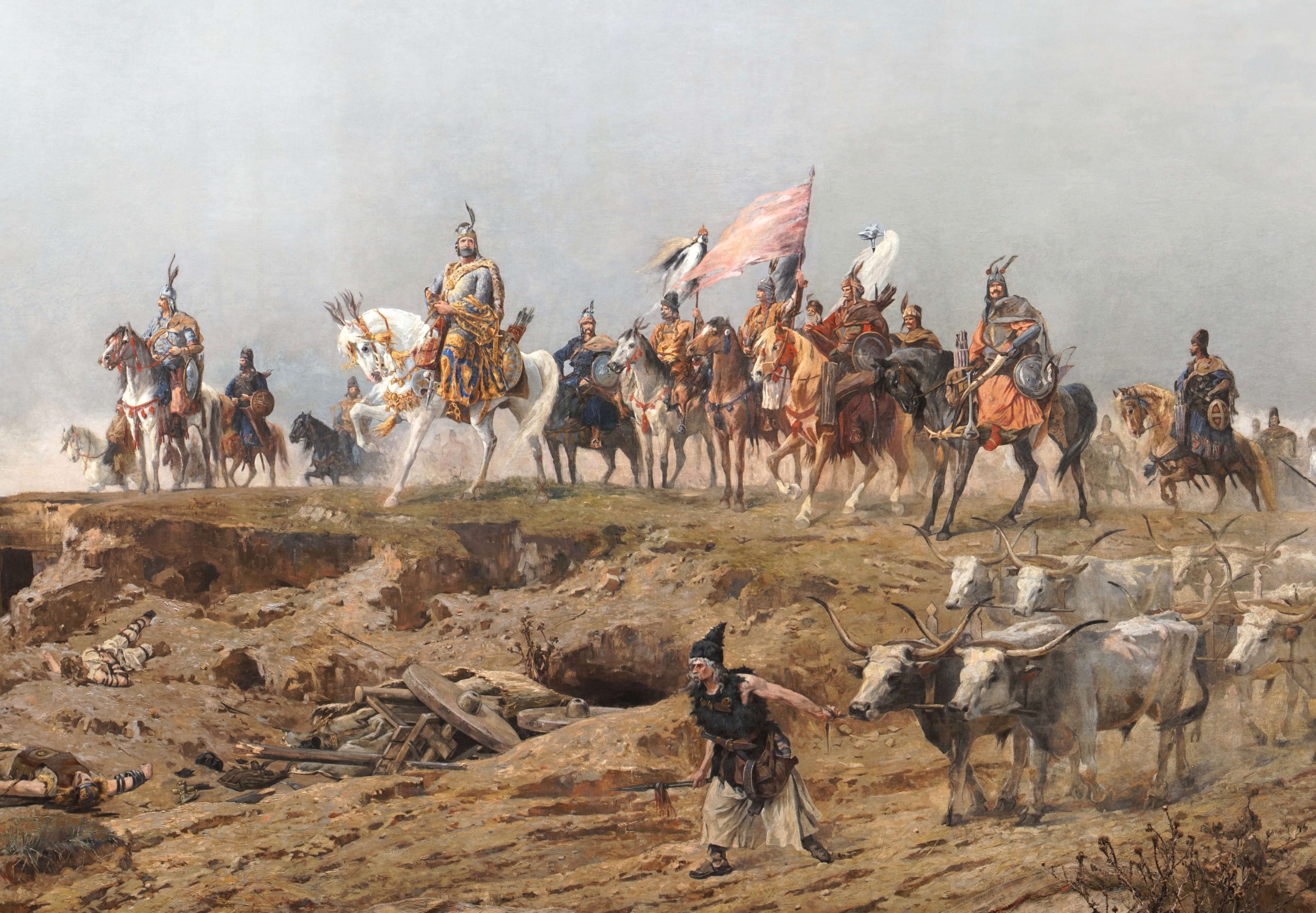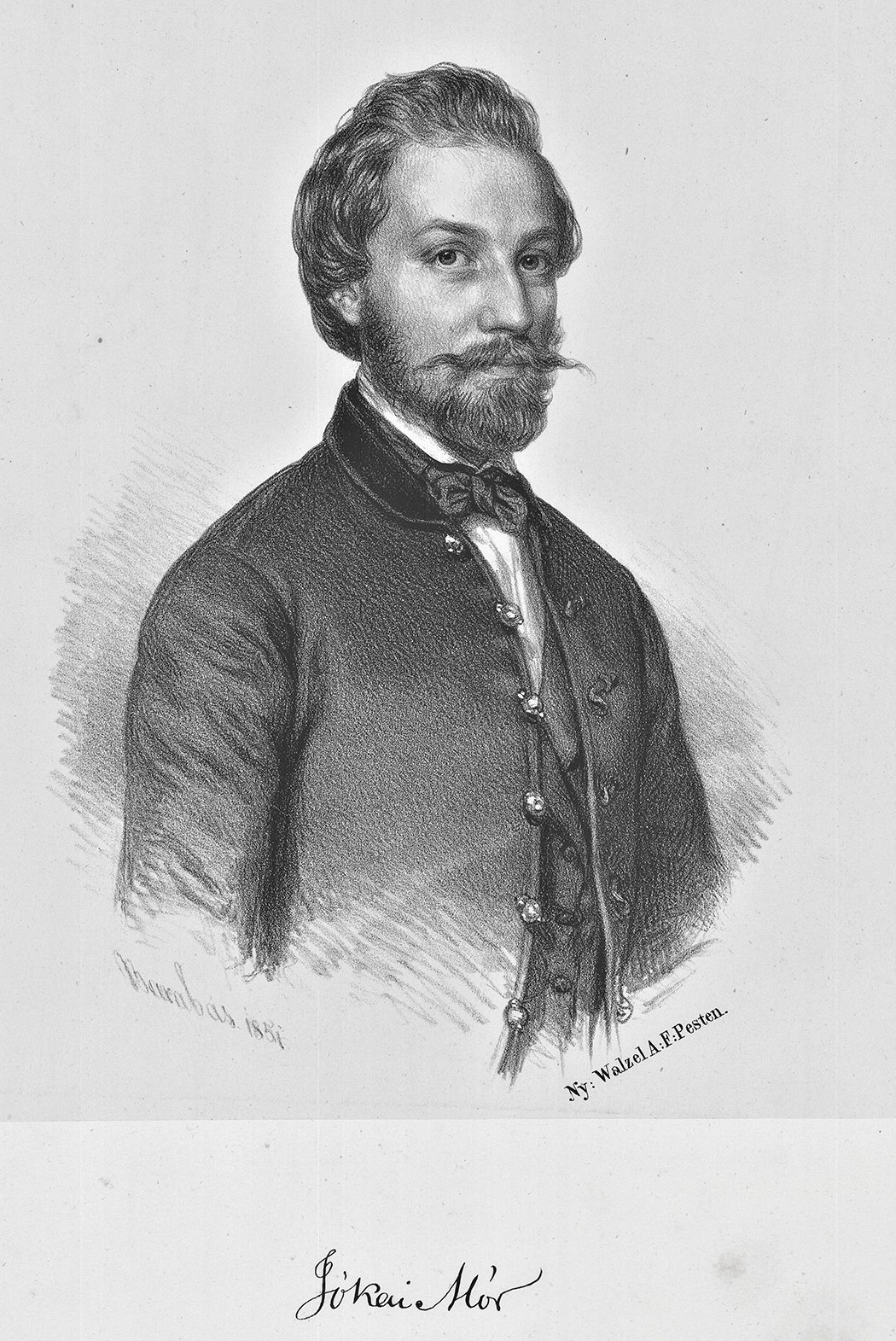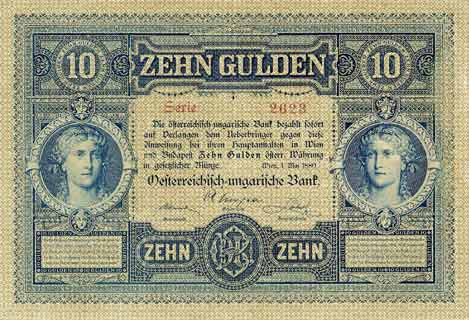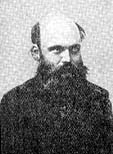|
Arrival Of The Hungarians
The ''Arrival of the Hungarians '' ( hu, A magyarok bejövetele; commonly known as ''Feszty Panorama'' or ''Feszty Cyclorama'', hu, Feszty-körkép) is a large cyclorama – a circular panoramic painting – by Hungarian painter Árpád Feszty and his assistants, depicting the beginning of the Hungarian conquest of the Carpathian Basin in 895. It was completed in 1894 for the 1000th anniversary of the event. Since the 1100th anniversary of the event in 1995, the painting has been displayed in the Ópusztaszer National Heritage Park, Hungary. The cyclorama The painting is nearly 15 meters (50 feet) tall and almost 120 meters (400 feet) in length. History In 1891, Árpád Feszty saw a panoramic painting by Detaille and Neuville in Paris. At first, his idea was to paint the biblical flood in a similar manner, but on advice of his father-in-law, the famous Hungarian writer Mór Jókai, he changed his mind and painted the ''Arrival of the Hungarians'' instead. In o ... [...More Info...] [...Related Items...] OR: [Wikipedia] [Google] [Baidu] |
Árpád Feszty
Árpád Feszty (; 21 December 1856 – 1 June 1914) was a Hungarian painter. He was born in the town of Ógyalla (then Hungary, now Hurbanovo, Slovakia). His ancestors were German settlers (the original family name was Rehrenbeck). He was the fifth child of Silvester Rehrenbeck (1819–1910), an affluent landowner at Ógyalla, and his wife Jozefa (Linzmayer). Silvester was ennobled by the emperor on 21 April 1887, and the family thereafter took the name Martosi Feszty (or, in German: Feszty von Martos).Démy-Gerő family archive, Brisbane, Australia; Feszty mostly painted scenes from Hungarian history and religion. He studied in Munich from 1874, and later (1880–81) in Vienna. After returning home to Hungary, he was made famous by his two works entitled ''Golgota'' (" Calvary") and ''Bányaszerencsétlenség'' ("Accident in a Quarry"). He painted his well-known monumental picture, the '' Arrival of the Hungarians'', depicting the Magyar conquest of Hungary in 896, f ... [...More Info...] [...Related Items...] OR: [Wikipedia] [Google] [Baidu] |
Mór Jókai
Móric Jókay de Ásva (, known as ''Mór Jókai''; 18 February 1825 – 5 May 1904), outside Hungary also known as Maurus Jokai or Mauritius Jókai, was a Hungarian nobleman, novelist, dramatist and revolutionary. He was an active participant and a leading personality in the outbreak of Hungarian Liberal Revolution of 1848 in Pest. Jókai's romantic novels became very popular among the elite of Victorian-era England; he was often compared to Dickens in the 19th-century British press. One of his most famous fans and admirers was Queen Victoria herself. Early life He was born in Komárom, in the Kingdom of Hungary (present-day Komárno in Slovakia). His father, József Jókai de Ásva (1781–1837), was a member of the Ásva branch of the ancient Jókay noble family; his mother was noblewoman Mária Pulay (1790–1856). As a boy, he was timid and delicate, and was therefore educated at home until the age of ten, at which time he was sent to Pozsony (today: Bratislava in Slovak ... [...More Info...] [...Related Items...] OR: [Wikipedia] [Google] [Baidu] |
World War II
World War II or the Second World War, often abbreviated as WWII or WW2, was a world war that lasted from 1939 to 1945. It involved the vast majority of the world's countries—including all of the great powers—forming two opposing military alliances: the Allies and the Axis powers. World War II was a total war that directly involved more than 100 million personnel from more than 30 countries. The major participants in the war threw their entire economic, industrial, and scientific capabilities behind the war effort, blurring the distinction between civilian and military resources. Aircraft played a major role in the conflict, enabling the strategic bombing of population centres and deploying the only two nuclear weapons ever used in war. World War II was by far the deadliest conflict in human history; it resulted in 70 to 85 million fatalities, mostly among civilians. Tens of millions died due to genocides (including the Holocaust), starvation, ma ... [...More Info...] [...Related Items...] OR: [Wikipedia] [Google] [Baidu] |
Siege Of Budapest
The Siege of Budapest or Battle of Budapest was the 50-day-long encirclement by Soviet Union, Soviet and Kingdom of Romania, Romanian forces of the Hungarian capital (political), capital of Budapest, near the end of World War II. Part of the broader Budapest Offensive, the siege began when Budapest, defended by Kingdom of Hungary (1920–1946), Hungarian and Nazi Germany, German troops, was encircled on 26 December 1944 by the Red Army and the Romanian Army. During the siege, about 38,000 civilians died through starvation, military action, and mass executions of Jews by the far-right Hungarian nationalist Arrow Cross Party. The city unconditionally surrendered on 13 February 1945. It was a strategic victory for the Allies of World War II, Allies in their push towards Berlin. General situation Having suffered nearly 200,000 deaths in three years fighting the Soviet Union, and with the front lines approaching its own cities, Hungary was by early 1944 ready to exit World War II. A ... [...More Info...] [...Related Items...] OR: [Wikipedia] [Google] [Baidu] |
Greater Britain Exhibition
The Greater Britain Exhibition was a colonial exhibition held at Earls Court in 1899 and opened by Prince George, Duke of Cambridge. on 8 May 1899. Exhibits Exhibits included a mineral exhibition from Victoria colony, a 120m cyclorama of the '' Arrival of the Hungarians'' known as the '' Feszty Panorama'', a model gold mine, and a twice-daily equestrian show called ''Savage South Africa'' directed by Frank E. Fillis which inspired the 1899 silent film '' Major Wilson's Last Stand''. One of the gold medals awarded by the exhibition was won by Hans Irvine Hans William Henry Irvine (2 August 1856 – 11 July 1922) was an Australian vigneron, winemaker, and politician. Early life Irvine was born in Melbourne on 2 August 1856 to flour-miller John William Henry Irvine and Mary, née Gray. His f .... References {{List of world's fairs in Ireland and Great Britain 1899 in London World's fairs in London ... [...More Info...] [...Related Items...] OR: [Wikipedia] [Google] [Baidu] |
Austro-Hungarian Florin
The florin (german: Gulden, hu, forint, hr, forinta/florin, cs, zlatý) was the currency of the lands of the House of Habsburg between 1754 and 1892 (known as the Austrian Empire from 1804 to 1867 and the Austro-Hungarian Monarchy after 1867), when it was replaced by the Austro-Hungarian crown as part of the introduction of the gold standard. In Austria, the florin was initially divided into 60 kreutzers (german: Kreuzer, hu, krajcar, hr, krajczár cs, krejcar). The currency was decimalized in 1857, using the same names for the unit and subunit. Name The name ''Gulden'' was used on the pre-1867 Austrian banknotes and on the German language side of the post-1867 banknotes. In southern Germany, the word Gulden was the standard word for a major currency unit. After 1867 Austrian coins used the name ''Florin''. "Florin" is derived from the city of Florence, Italy where the first florins were minted, from 1252 to 1533. History The florin (German: ''Gulden'') first emerged as a ... [...More Info...] [...Related Items...] OR: [Wikipedia] [Google] [Baidu] |
Henrik Papp
Henrik is a male given name of Germanic origin, primarily used in Scandinavia, Estonia, Hungary and Slovenia. In Poland, the name is spelt Henryk but pronounced similarly. Equivalents in other languages are Henry (English), Heiki (Estonian), Heikki (Finnish), Henryk (Polish), Hendrik (Dutch), Heinrich (German), Enrico (Italian), Henri (French), Enrique (Spanish) and Henrique (Portuguese). It means 'Ruler of the home' or 'Lord of the house'. People named Henrik include: * Henrik, Prince Consort of Denmark (1934–2018) * Prince Henrik of Denmark (born 2009) * Henrik Agerbeck (born 1956), Danish footballer * Henrik Andersson (badminton) (born 1977), Swedish player * Henrik Christiansen (other) * Henrik Dagård (born 1969), Swedish decathlete * Henrik Dam (1895-1976), Danish biochemist, physiologist and Nobel laureate * Henrik Dettmann (born 1958), Finnish basketball coach * Henrik Otto Donner (1939-2013), Finnish composer and musician * Henrik Fisker (born 1963), ... [...More Info...] [...Related Items...] OR: [Wikipedia] [Google] [Baidu] |
Pál Vágó
Pál Vágó (6 June 1853, Jászapáti - 15 October 1928, Budapest) was a Hungarian painter, known for his historical scenes and cycloramas. Biography His father was a minor government official who died when Pál was still a small child. He originally studied to be a lawyer, but found art more to his liking. His first lessons were in Munich with Alexander Wagner, followed by a stay in Paris with Jean-Paul Laurens.Biographical notes @ the Pál Vágó Memorial Society website. At first, he was heavily influenced by the German style, but later turned to landscapes painted in his native region. His first success came in 1881, with a canvas depicting the disastrous . In 1887, he participated in an exhibition at th ... [...More Info...] [...Related Items...] OR: [Wikipedia] [Google] [Baidu] |
László Mednyánszky
Baron László Mednyánszky or ''Ladislaus Josephus Balthasar Eustachius Mednyánszky'' ( sk, Ladislav Medňanský) (23 April 1852 – 17 April 1919), a Slovak- Hungarian painter-philosopher, is one of the most enigmatic figures in the history of Hungarian art. Despite an aristocratic background, he spent most of his life moving around Europe working as an artist. Mednyánszky spent considerable periods in seclusion but mingled with people across society – in the aristocracy, art world, peasantry and army – many of whom became the subjects of his paintings. His most important works depict scenes of nature and poor, working people, particularly from his home region in Kingdom of Hungary. He is also known as a painter of folklore of Upper Hungary (today mostly Slovakia). Biography Mednyánszky was born in Beckó, Kingdom of Hungary, Austrian Empire (today Beckov in Slovakia), to Eduárd Mednyánszky and Mária Anna Mednyánszky, (née Szirmay) both from landowning families ... [...More Info...] [...Related Items...] OR: [Wikipedia] [Google] [Baidu] |
Stephen I Of Hungary
Stephen I, also known as King Saint Stephen ( hu, Szent István király ; la, Sanctus Stephanus; sk, Štefan I. or Štefan Veľký; 975 – 15 August 1038), was the last Grand Prince of the Hungarians between 997 and 1000 or 1001, and the first King of Hungary from 1000 or 1001, until his death in 1038. The year of his birth is uncertain, but many details of his life suggest that he was born in, or after, 975, in Esztergom. He was given the pagan name Vajk at birth, but the date of his baptism is unknown. He was the only son of Grand Prince Géza and his wife, Sarolt, who was descended from a prominent family of '' gyulas''. Although both of his parents were baptized, Stephen was the first member of his family to become a devout Christian. He married Gisela of Bavaria, a scion of the imperial Ottonian dynasty. After succeeding his father in 997, Stephen had to fight for the throne against his relative, Koppány, who was supported by large numbers of pagan warriors. He defea ... [...More Info...] [...Related Items...] OR: [Wikipedia] [Google] [Baidu] |






